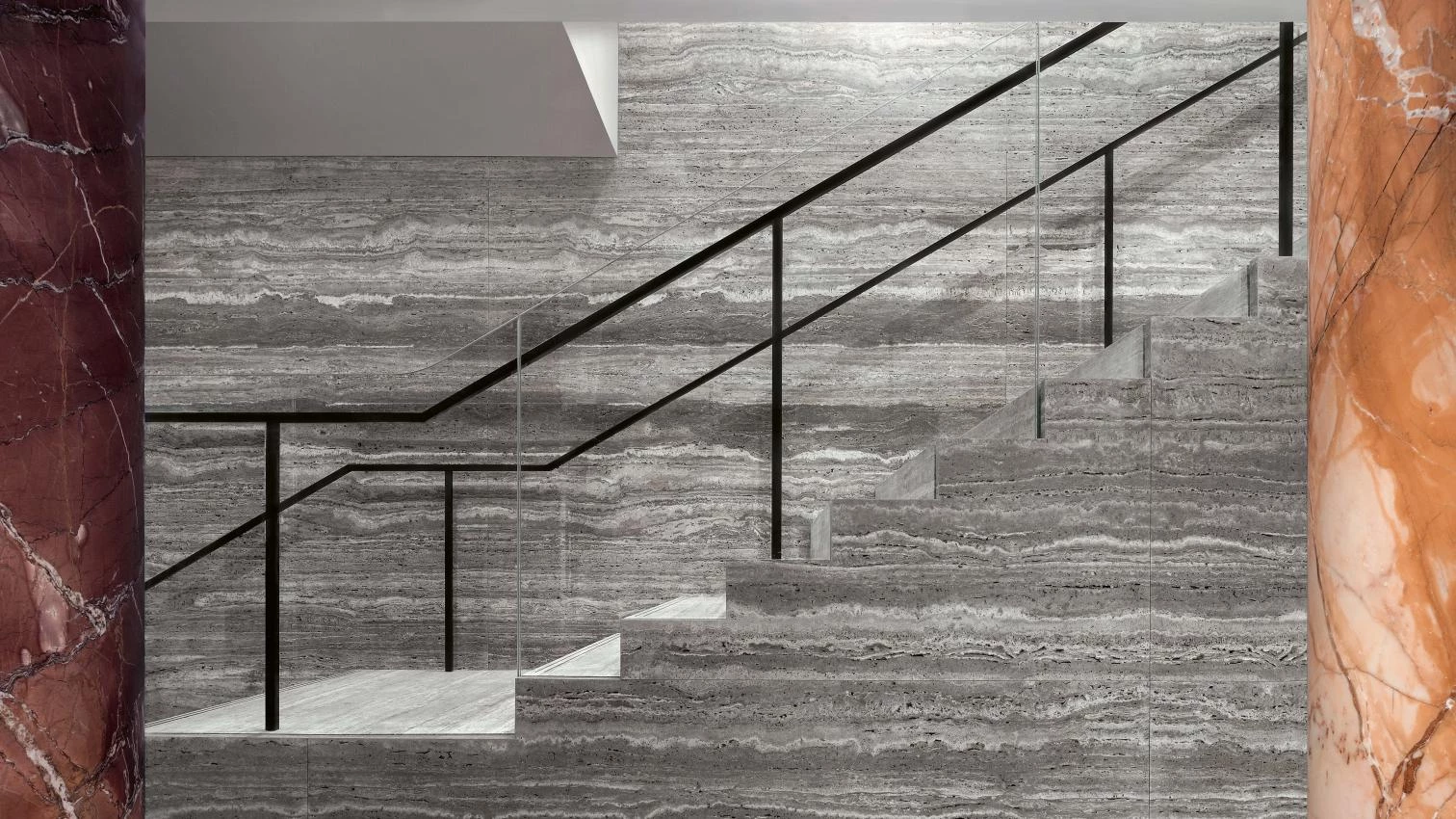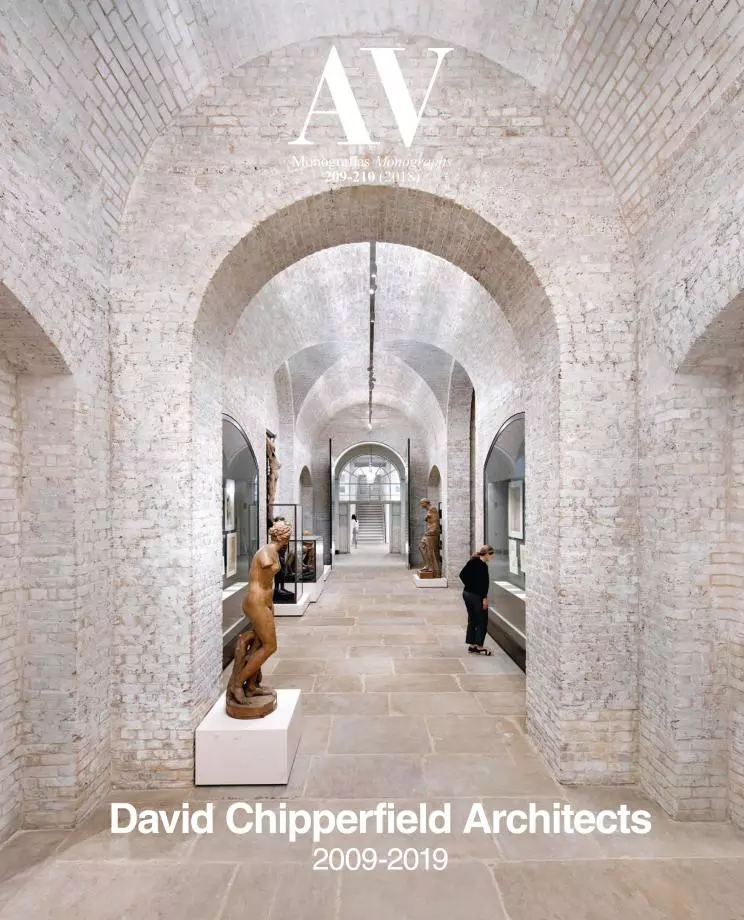On Material Abstraction

Dignified restraint are the first words that pop into my mind when thinking of the architecture of David Chipperfield Architects, modified by the next adjective: ‘clever.’ If many of his works appear to be a return to the box, rather than thinking outside of it, on closer inspection one discovers ingenious plans and impeccably crafted structures that challenge the received notions of typology and craft. His works conform to a post-and-beam Vitruvian tectonics, usually resulting in parallelepipeds, shapes that have always been and that will always fit into every urban context. The materiality of these structures, whether made of concrete, stone, brick, or metal, consistently rewards the visitor with a powerful sense of identity and appropriateness, enforcing a pleasant feeling of minimalist luxury.
In his person and in his buildings Chipperfield represents the paragon of politeness. Never a snide comment, never an offense to a place. His moderation is such that he and his architecture might almost go unnoticed, which stands in direct contrast to the reigning ethic of a media-crazed world seeking glamorous personalities and iconic markers. Despite his prominence as an educator, a curator of exhibitions such as the Venice Biennale, and the master of a prolific international practice, Chipperfield has maintained a discrete profile and in the same manner, very few of his buildings seek attention. Colin Rowe, between one vodka martini and the next, had a favourite party game based on Isaiah Berlin’s concept of human types, going through lists of architects and deciding if they were foxes or hedgehogs, starting with pairs like Michelangelo/Palladio. Chipperfield corresponds perfectly to the latter category, better than either Tessenow or Mies van der Rohe. During his over 30-year career one can recognize cognate ideas from project to project, a consistently slow development of style, a keen interest in the essence of materials, and a tangible sense of honesty in structure, which again contradicts most contemporary practices. His persistent talent for assimilation rather than distinction offers a model of resistance to the violent formal intrusions of more renowned starchitects. Yet despite such a strategy of understatement, he is now considered a global ‘brand.’...





